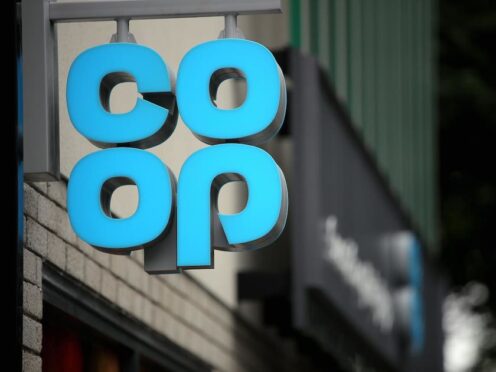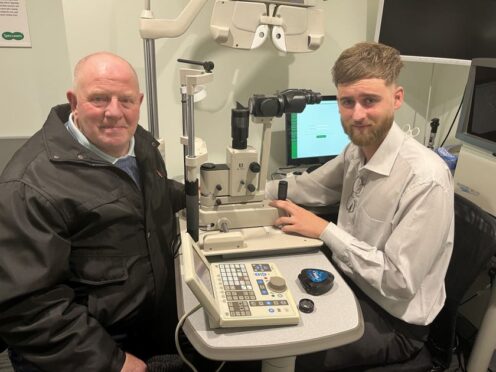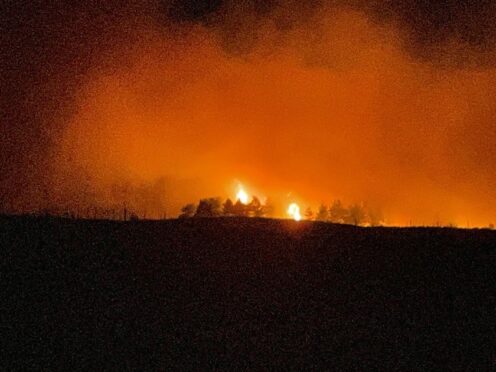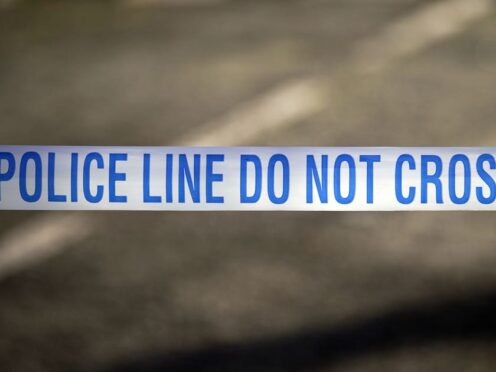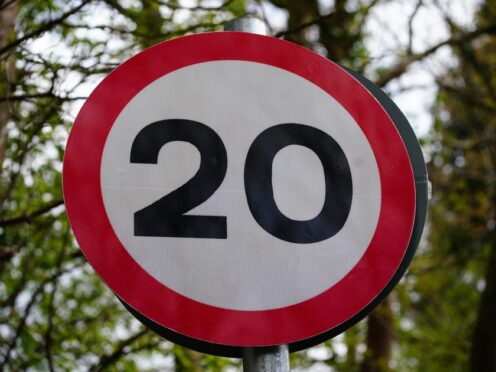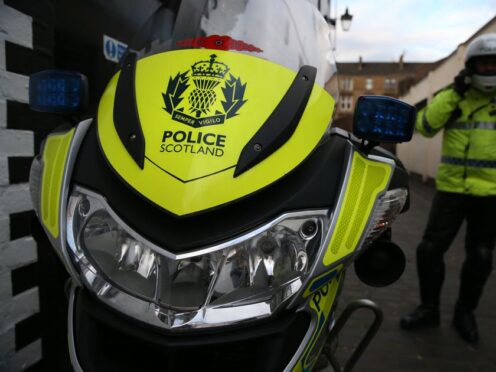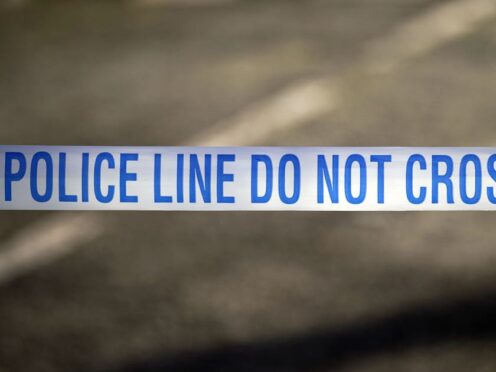Hundreds of emergency patients across Scotland have survived life-threatening illnesses and injuries as a result of a new ambulance call handling system.
The system, which prioritises how the Scottish Ambulance Service (SAS) responds to emergencies, led to an additional 1,182 patients surviving life threatening events in the year since it was introduced.
The New Clinical Response Model (NCRM) ensures patients whose lives are at immediate risk receive the highest priority, according to a new study.
Launched in November 2016, evaluations carried out by Stirling University and the SAS show that the system has saved more lives since its introduction.
Researchers found there had been a 20% increase in survival in January 2017. Data from the service showed a 43% increase in survival for the full year – equivalent to an additional 1,182 lives.
Jim Ward, SAS medical director, said: “The results are very encouraging – they show an increase in survival rates for our most at-risk patients and demonstrate improvements across a whole spectrum of other clinical situations.”
Stirling University researchers analysed a snapshot of three months of data during the busiest months of January 2016, January 2017 and January 2018.
This was complemented by SAS with data for the first 18-month period of the operation of the new system.
Other findings included a 21% increase in the number of patients in cardiac arrest having a pulse when they arrive at hospital.
There was a 100% increase in having two crews on scene in cardiac arrest cases to deliver more advanced treatment. Patient conditions were identified more accurately so that the right response could be delivered to patients.
There was also an increase in the number of patients being taken to specialist facilities, such as stroke and heart units rather than the nearest hospital.
Under the new system, patients with immediately life-threatening conditions, such as a heart attack, or who have been involved in serious road traffic incidents, are prioritised and receive the fastest response.
In less urgent cases, call handlers may spend more time with patients or the person who has made an emergency call to better understand their health needs.
Call handlers can ensure they send the most appropriate resource for their condition.
The researchers found the prioritisation of the most critical patients has led to longer response times for those in less serious conditions.


